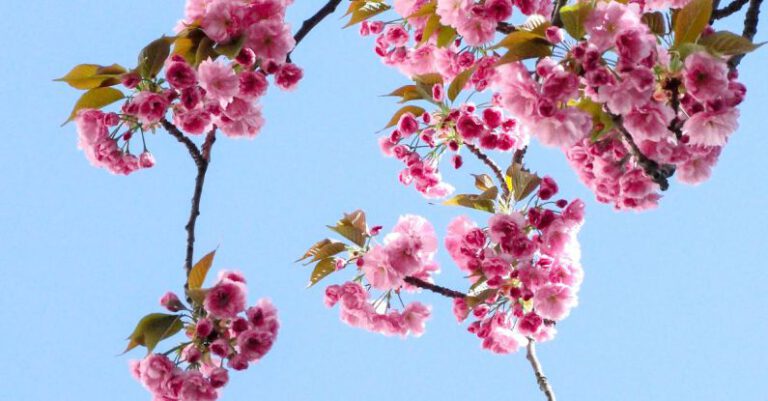How to Incorporate Wildlife Habitats into Garden Design?
Creating a garden that not only enhances the beauty of your outdoor space but also supports local wildlife can be a fulfilling and environmentally friendly endeavor. By incorporating wildlife habitats into your garden design, you can attract a variety of birds, insects, and other creatures, creating a thriving ecosystem right in your own backyard. In this article, we will explore some key strategies and tips for incorporating wildlife habitats into your garden design.
**Choose Native Plants**
One of the most important steps in creating a wildlife-friendly garden is selecting native plants. Native plants are well-adapted to the local climate and soil conditions, making them more attractive to local wildlife. They provide food and shelter for a variety of species, including birds, butterflies, and bees. When choosing plants for your garden, opt for a mix of flowers, shrubs, and trees that are native to your region. This will help create a diverse habitat that can support a wide range of wildlife.
**Create Layers of Vegetation**
To attract a variety of wildlife species, it is important to create layers of vegetation in your garden. By including plants of varying heights and structures, you can provide different types of habitats for birds, insects, and other creatures. For example, tall trees can offer nesting sites for birds, while shrubs and grasses can provide cover and food sources for smaller animals. Incorporating a mix of vegetation types will help create a more dynamic and diverse habitat in your garden.
**Provide Water Sources**
Water is essential for wildlife, so incorporating water sources into your garden design is crucial. A simple birdbath or small pond can attract a variety of species, including birds, butterflies, and amphibians. Be sure to keep the water source clean and fresh, and consider adding rocks or logs to provide additional perching and resting spots for wildlife. Water features not only provide a source of hydration but also create a focal point in your garden that can attract wildlife for your enjoyment.
**Include Shelter and Nesting Sites**
Another key element of wildlife-friendly garden design is providing shelter and nesting sites for animals. This can be achieved through the use of birdhouses, bat boxes, and insect hotels. These structures offer safe places for wildlife to rest, breed, and seek refuge from predators. By strategically placing these shelters throughout your garden, you can create a welcoming environment for a variety of species.
**Avoid Chemicals and Pesticides**
To create a truly wildlife-friendly garden, it is important to avoid the use of chemical pesticides and herbicides. These substances can be harmful to wildlife, including birds, insects, and other beneficial creatures. Instead, opt for natural and organic methods of pest control, such as companion planting, hand-picking pests, or using biological controls like ladybugs or praying mantises. By minimizing the use of chemicals in your garden, you can create a safer and healthier environment for both wildlife and plants.
**Celebrate the Wildlife in Your Garden**
As you incorporate wildlife habitats into your garden design, take the time to observe and appreciate the creatures that visit your outdoor space. Keep a journal or create a wildlife log to record the different species you encounter, and take note of their behaviors and interactions. By celebrating the wildlife in your garden, you can develop a deeper connection to the natural world and gain a greater appreciation for the role that plants and animals play in creating a thriving ecosystem.
Incorporating wildlife habitats into your garden design is a rewarding way to create a sustainable and environmentally friendly outdoor space. By choosing native plants, creating layers of vegetation, providing water sources, offering shelter and nesting sites, and avoiding chemicals, you can attract a diverse array of wildlife to your garden. Take the time to observe and appreciate the creatures that visit your garden, and enjoy the beauty and biodiversity that a wildlife-friendly garden can bring to your home.






